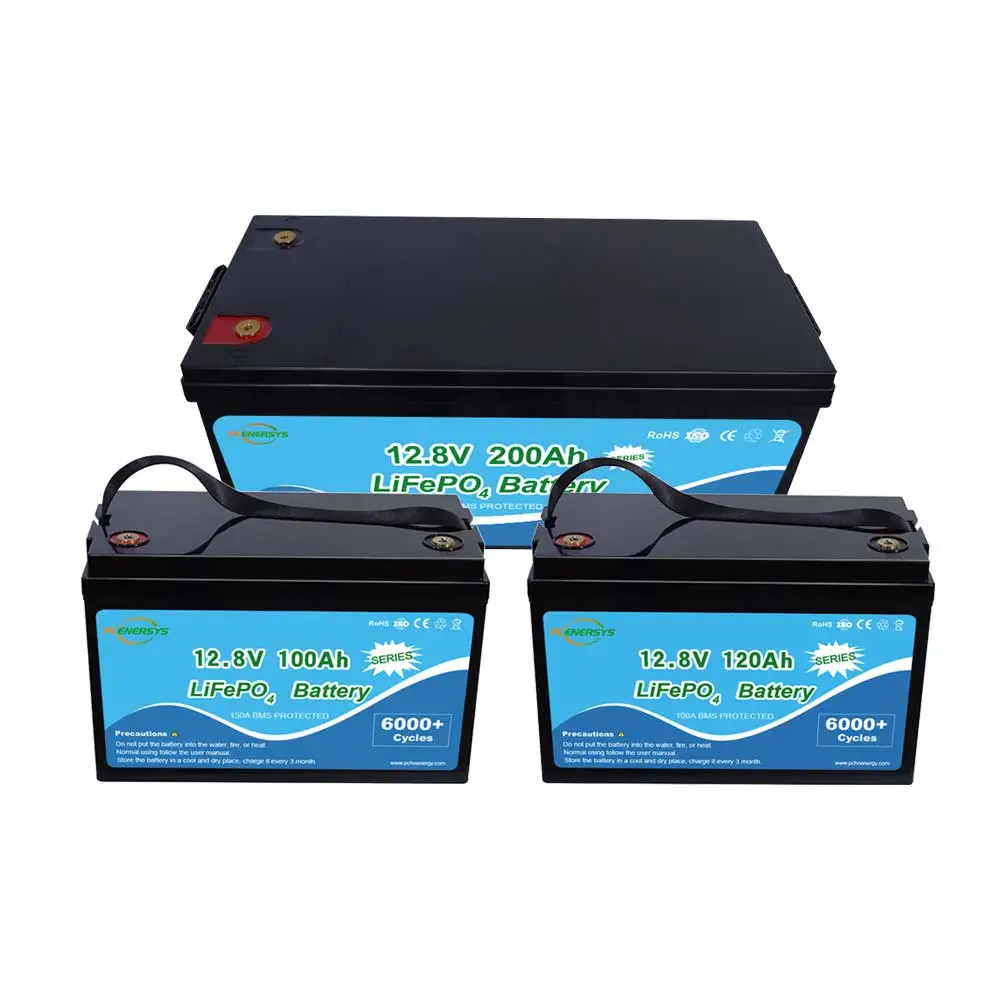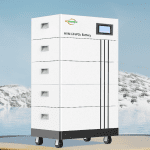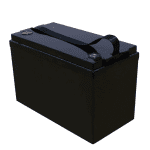When we use 100Ah lithium ion batteries, it is easy to ignore the impact of temperature. Temperature is like an invisible coordinator. If it is not handled well, it can easily affect the performance and life of the 100Ah lithium ion battery module. We at Pcenertech Energy have repeatedly tested and investigated the thermodynamic changes between temperature and these high-capacity batteries to study the key factors that determine their efficiency, safety, and overall lifespan and share them with you in this article.
Ideal temperature range for 100Ah lithium ion battery module
Every battery has its comfort zone, and the 100Ah lithium ion battery module is no exception. The ideal temperature range for these battery modules is typically 20°C to 25°C (68°F to 77°F). The battery performs optimally within this thermal sweet spot, with efficient charge and discharge cycles. Deviating from this range can create challenges that impact not only immediate functionality but also the long-term health of the battery module. In cold environments with lower temperatures, 100Ah lithium ion battery modules face reduced ion movement challenges. This slowdown can be mitigated by implementing advanced thermal management systems incorporating heating elements or insulation to maintain ideal operating temperatures and ensure optimal performance even in cold conditions. As shown below:
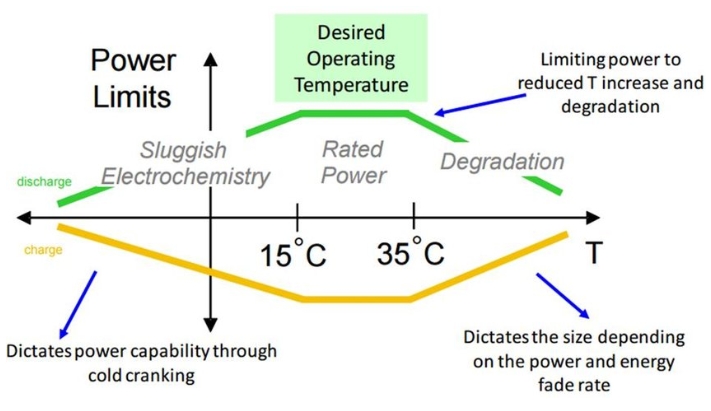
100Ah lithium ion battery module copes with low-temperature environments
Low temperatures present a unique set of challenges to 100Ah lithium ion battery modules. As the mercury decreases, the battery’s internal resistance increases, causing conductivity to fall and thus reducing efficiency. Cold weather also affects chemical reactions within the battery, slowing down the movement of ions. To address these challenges, advanced thermal management systems and insulation materials are critical to ensure batteries operate seamlessly in cold environments. The effects of low temperatures extend beyond performance considerations. It affects the overall user experience, especially in applications such as electric vehicles, where instant power delivery is critical. As we deal with the nuances of cryogenic environments, searching for innovative solutions to optimize 100Ah lithium ion battery module performance becomes even more urgent.
Managing high temperatures for optimal battery performance
On the other hand, high temperatures bring a different set of challenges. Excessive heat accelerates chemical reactions within the battery, causing the battery to degrade faster. It also shortens the life of the electrolyte, a critical component of the storm. Thermal runaway is a potentially dangerous situation that becomes a problem at high temperatures. Effective cooling systems and heat dissipation mechanisms are essential to mitigate these challenges and maintain the integrity of 100Ah lithium ion battery modules in warm climates. In warmer temperatures, emphasizing effective cooling means becomes critical. Passive cooling methods like heat sinks and thermal paste work with active cooling solutions like fans or liquid cooling systems. This combination ensures that the 100Ah lithium ion battery module remains within an optimal temperature range, guaranteeing its performance and longevity.
The role of temperature in preventing thermal runaway
Thermal runaway is a nightmare for any battery system, and temperature plays a central role in its prevention. The 100Ah lithium ion battery module has a sophisticated battery management system (BMS) that monitors and regulates temperature. These systems implement protection measures such as thermal fuses to prevent the battery from reaching critical temperatures that could lead to thermal runaway. The BMS acts as a vigilant guardian, ensuring the safety of the battery module and its surrounding environment. In addition to the direct impact on battery modules, preventing thermal runaway contributes to a safer overall environment. This becomes especially important in applications where these high-capacity batteries power sensitive electronic equipment or operate near humans.
Effect of temperature on charge and discharge rates
Temperature is a passive observer that actively affects the charge and discharge rates of a 100Ah lithium ion battery module. Higher temperatures generally promote faster chemical reactions faster charging and discharging. Conversely, cooler temperatures slow these reactions, affecting the battery’s immediate power delivery. Achieving the right balance is crucial to optimize the overall performance of the battery module and ensure a harmonious interplay between thermal dynamics and energy efficiency. The interaction between temperature and charge/discharge rates is not limited to theoretical considerations. It is reflected in actual scenarios and affects the efficiency of energy storage systems in practical applications. Understanding this dynamic relationship can help design and deploy 100Ah lithium ion battery modules that meet the needs of different industries. As shown below:
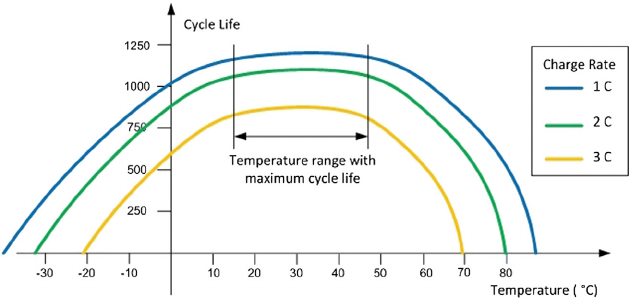
Achieve thermal balance for optimal performance
Through the sharing of the above article, it is evident that we know that temperature is not just a variable but a key factor in shaping the fate of these energy storage workhorses. By understanding, respecting, and managing thermal dynamics, we are paving the way for 100Ah lithium ion battery modules to flourish, delivering reliable, efficient power under varying environmental conditions. If you want to know more about 100Ah lithium-ion batteries, you can visit our official website.

